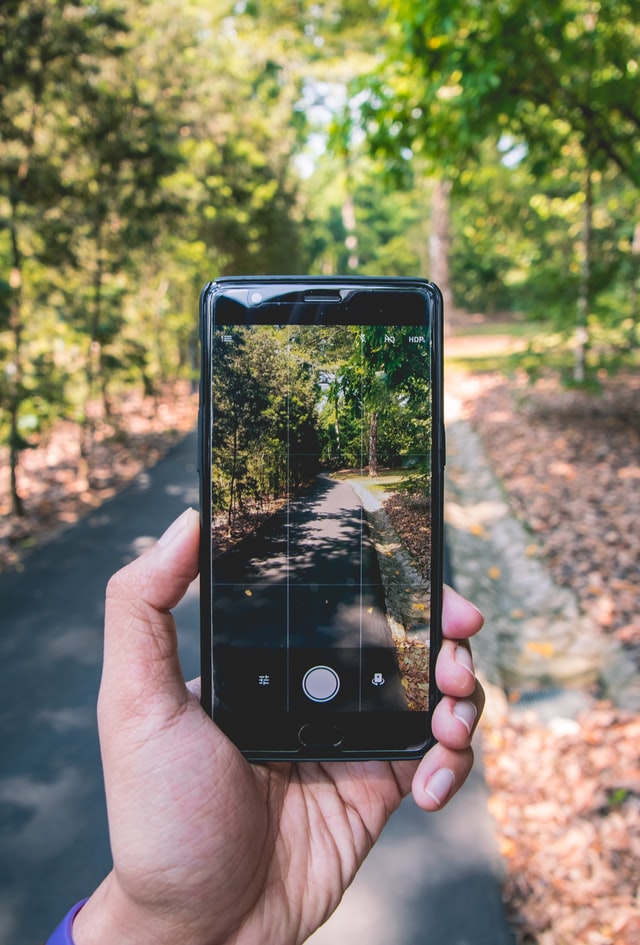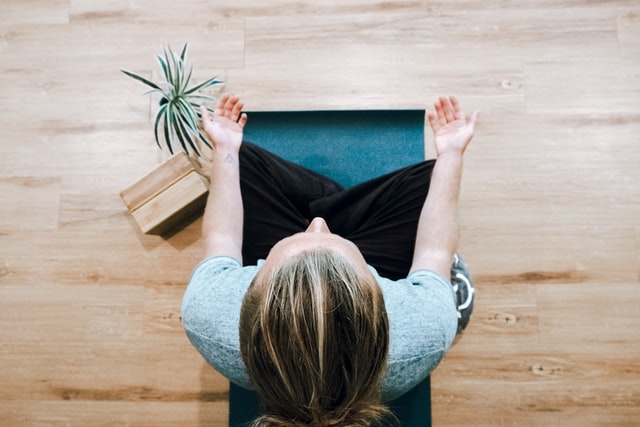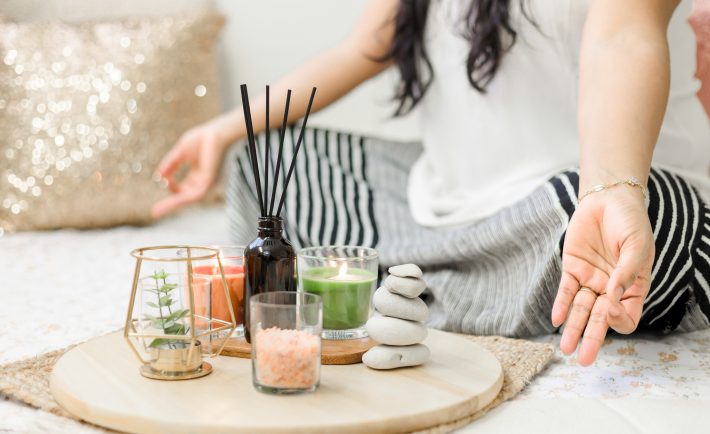Looking for ways to prioritize your physical and mental health is paramount during these times. It is easy to think that self-care means giving yourself expensive experiences or tools, but self-care can be free or low-cost. So long as you are more intentional with your choices, you will be able to tap into what your body truly craves for.
#1: PLAN A NATURE WALK
Research has shown that nature helps us cope with stress and pain. We are genetically wired to find natural elements such as plants and water engrossing. Being absorbed with the beauty of natural sceneries can distract us from discomfort and pain.

Image Credits: unsplash.com
Nature can help slow down the internal rush that affects our feelings, especially when you are inside your home for too long. Planning a nature walk may help you with that. Get up close and personal with nature by embarking one of the walking or cycling trails in the parks, gardens, and park connectors.
#2: TRY AT-HOME WORKOUTS
Several gyms and fitness studios have postponed their operations last month due to the spike in community cases. When this happens, you can explore different at-home workouts. You can either take online group classes in your favorite fitness center or search thru YouTube and Instagram for free workout videos.
It might take more self-discipline to become your own motivator, but you will have the flexibility to workout whenever you want.
#3: EXAMINE YOUR HABITS
Examine your current and old habits. Evaluate whether these are healthy for you or not. Think about the long-term effects of each habit too. A simple shift in your routine can offer the same pleasure as a new purchase.
For instance, you habitually frequent the nearby Starbucks every morning. Upon evaluating this habit, you realized that you will be able to save more money if you made your own coffee at home. You switched to having your own coffee ritual and enjoyed it a lot.
Bringing awareness into your habits will enable you to see whether you are paying for something that you do not love or need anymore.
#4: MEET WITH YOUR FRIENDS
Self-care does not mean being completely self-sufficient. Instead, staying connected with the people you love will help reduce the loneliness you are feeling from being indoors for a long period of time. Stay connected with your loved ones by hosting Zoom/Skype hangouts or by creating a group chat.
Reintegrating yourself in your community after all the pandemic restrictions can help remind you that leaning on others for support is self-care. Best of all? It does not have to cost anything.
#5: PRACTICE MEDITATION
Many studies have highlighted the benefits of meditation. It helps improve focus, concentration, memory, and reduce stress. Relaxation techniques such as medication can be added to your holistic self-care.

Image Credits: unsplash.com
Try breathing deeply as you follow through a guided meditation video online. You can also download free meditation apps like Calm and Headspace.
#6: SAVE MONEY
You read that right! Apart from working out in your own home or practicing relaxation techniques, you can take care of yourself by saving money. Financial struggles affect our physical and mental health. Not having enough money can affect your ability to pay for important health procedures or nutritious food.
Cushion the stress of financial woes by sticking to your budget and saving money. Sticking to your budget feels better than impulsively purchasing beyond your means.









